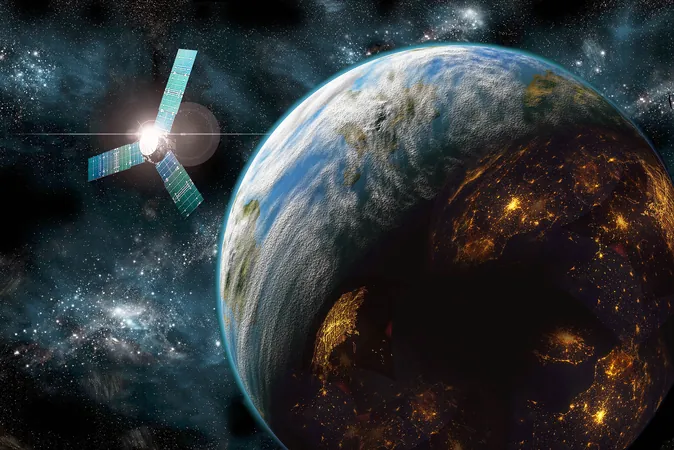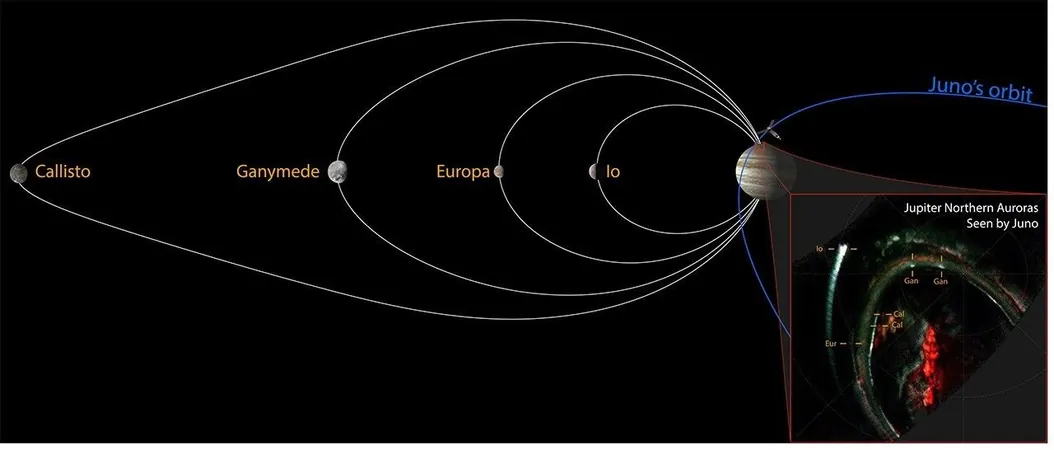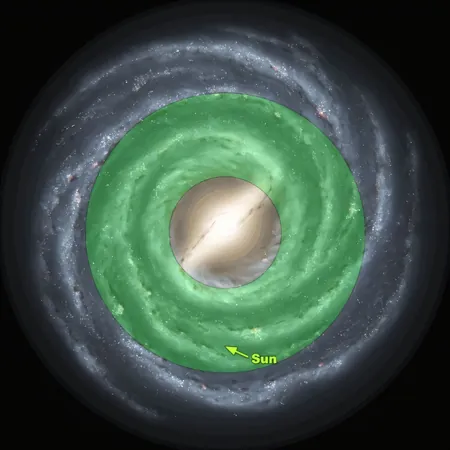
Rectangular Telescopes: The Game Changer in the Search for Earth-Like Planets
2025-09-04
Author: Sophie
Unlocking the Mysteries of Habitable Worlds
For life as we know it, liquid water is essential. While primitive organisms emerged soon after Earth's formation, complex life took a staggering three billion years to evolve. In stark contrast, humans have only been around for a mere blink of an eye—less than 0.01% of Earth's history. This timeline suggests a staggering reality: while watery worlds may abound, intelligent civilizations capable of exploring the cosmos could be exceedingly rare. If we want evidence of life beyond our planet, it seems we might have to actively search for it ourselves.
The Challenge of Discovering Earth-Like Planets
Gravity and physics dictate harsh limitations. With light as the ultimate speed limit, sending messages or probes across the vastness of space takes eons. Our focus is on approximately 60 Sun-like stars within a 30 light-year radius, where hopeful contenders for habitable planets lie. Specifically, we're on the hunt for Earth-sized, temperate planets that have the ingredients for supporting life for millions of years.
Visible Light vs. Infrared Wavelengths: The Great Divide
The daunting task of spotting these planets feels like locating a firefly next to a blazing stadium light. In the middle of infrared, which is where Earth-like planets shine the most, their stars glow about a million times brighter. This overwhelming brightness blends the light, making the planets virtually invisible.
To see these dim worlds, telescopes must be powerful enough to resolve their light from their sun-like counterparts. At the necessary wavelength, a telescope with a 20-meter aperture would ideally be positioned in space to avoid atmospheric distortions.
Current Telescopes Aren't Enough
Currently, the James Webb Space Telescope (JWST), measuring 6.5 meters across, is our most sophisticated option. The leap to a 20-meter telescope is immensely challenging with today’s technology and launching capabilities.
Innovative Solutions Still Hurdling Over Obstacles
While ideas like using multiple small spacecraft in formation or employing a separate starshade to block out starlight seem innovative, they run into significant practical limitations. Coordinating multiple craft must involve near-perfect precision, and visible light techniques are outmatched by the brilliance of their stars.
A Revolutionary Proposal: Rectangular Mirrors
A potential breakthrough lies in a simple yet clever design: a rectangular space telescope, measuring one meter by twenty meters. This design could maintain a comparable collecting area to JWST while stretching to achieve the vital 20-meter resolution needed to spot Earth-like planets.
How This Telescope Might Transform Planetary Discovery
This elongated design allows for razor-sharp observations along its longer axis. By rotating this rectangular mirror, astronomers can systematically survey the field around each targeted star, dramatically increasing the chances of detecting Earth-like planets.
Mathematical models suggest that such a telescope, operating in the mid-infrared, could identify up to half of the Earth-sized planets orbiting Sun-like stars within three years of targeted observations.
What's at Stake: A New Age of Exploration
Imagine finding up to thirty adjacent worlds that are just the right size and temperature for life. With follow-up studies, we could analyze their atmospheres for gases linked to biological activity, observe seasonal changes, and even identify continents and oceans.
Crucially, rather than relying on complex systems, this telescope design aims for pragmatic solutions that can be achieved with present-day technology.
The Future Beckons
While no telescope can reduce the vast distances between stars, a well-crafted observatory featuring a rectangular mirror could finally break through the barriers keeping us from detecting other Earths.
If successful, this could transform humanity's search for extraterrestrial life, enabling us to investigate stars one at a time until we receive a response from a distant world—the silent, serendipitous heat of a wet planet glimmering under the gaze of its sun. Such breakthroughs are not just ambitious dreams; they could lead us down a path of remarkable discovery.
The groundbreaking study is published in the journal Frontiers in Astronomy and Space Sciences.









 Brasil (PT)
Brasil (PT)
 Canada (EN)
Canada (EN)
 Chile (ES)
Chile (ES)
 Česko (CS)
Česko (CS)
 대한민국 (KO)
대한민국 (KO)
 España (ES)
España (ES)
 France (FR)
France (FR)
 Hong Kong (EN)
Hong Kong (EN)
 Italia (IT)
Italia (IT)
 日本 (JA)
日本 (JA)
 Magyarország (HU)
Magyarország (HU)
 Norge (NO)
Norge (NO)
 Polska (PL)
Polska (PL)
 Schweiz (DE)
Schweiz (DE)
 Singapore (EN)
Singapore (EN)
 Sverige (SV)
Sverige (SV)
 Suomi (FI)
Suomi (FI)
 Türkiye (TR)
Türkiye (TR)
 الإمارات العربية المتحدة (AR)
الإمارات العربية المتحدة (AR)